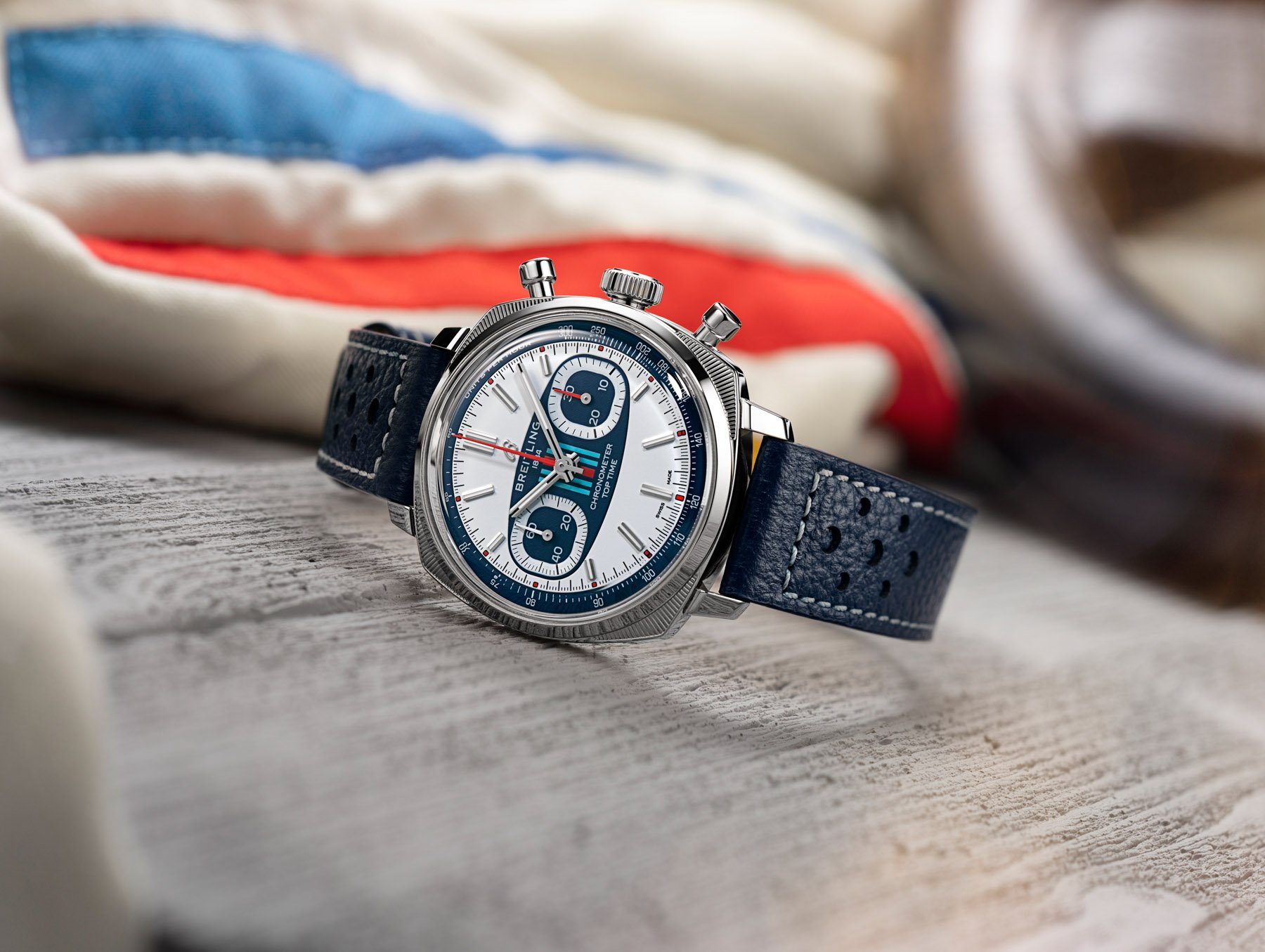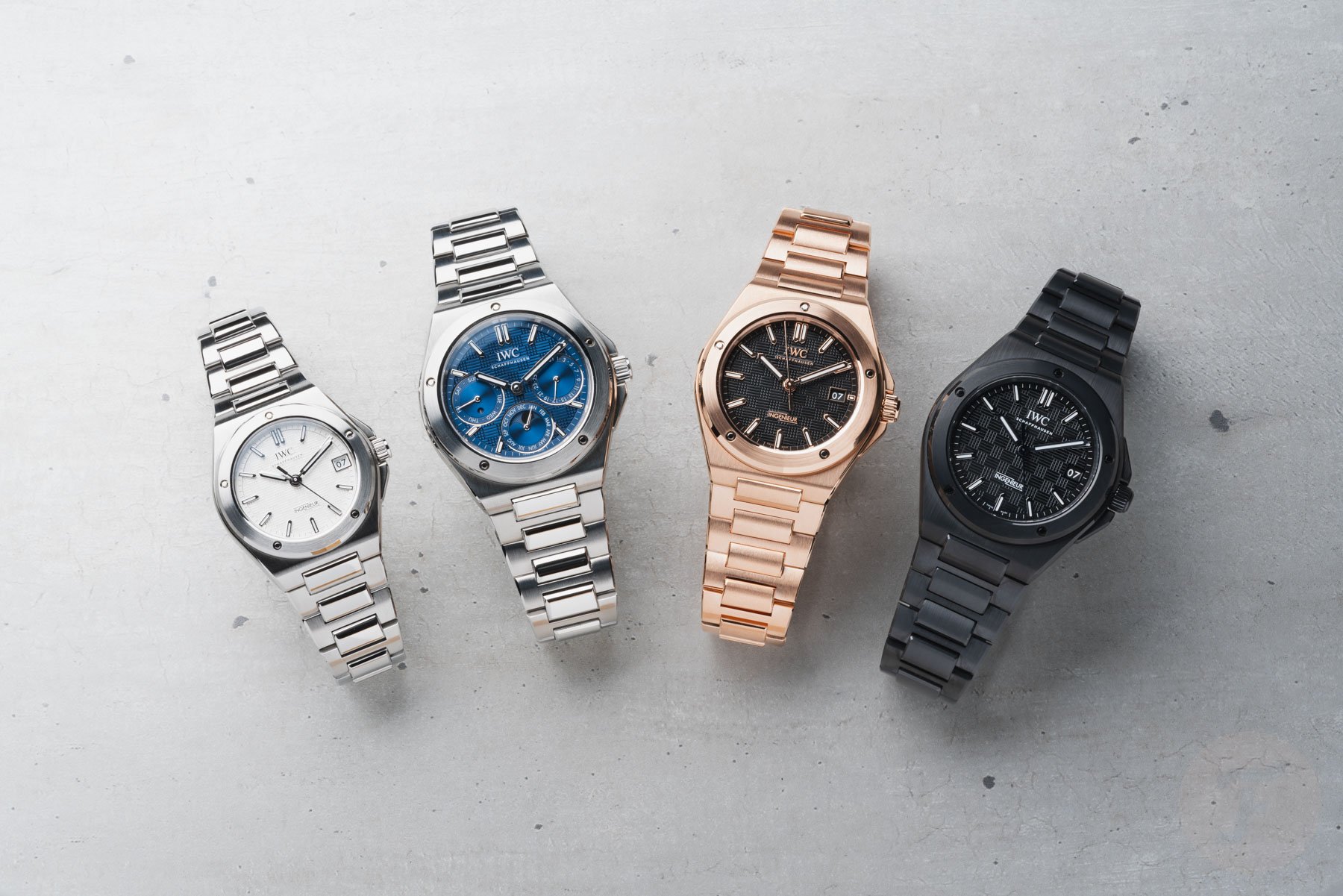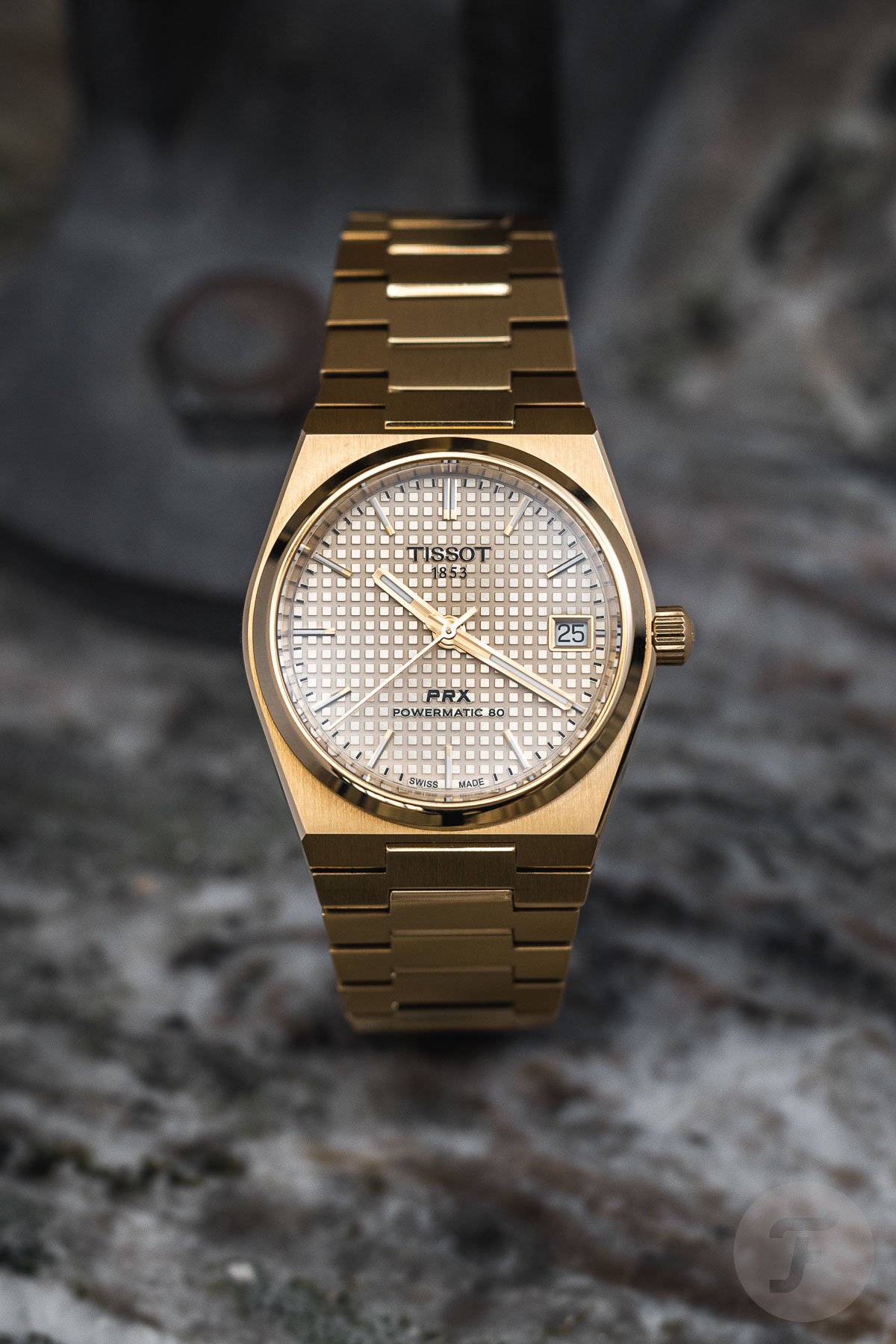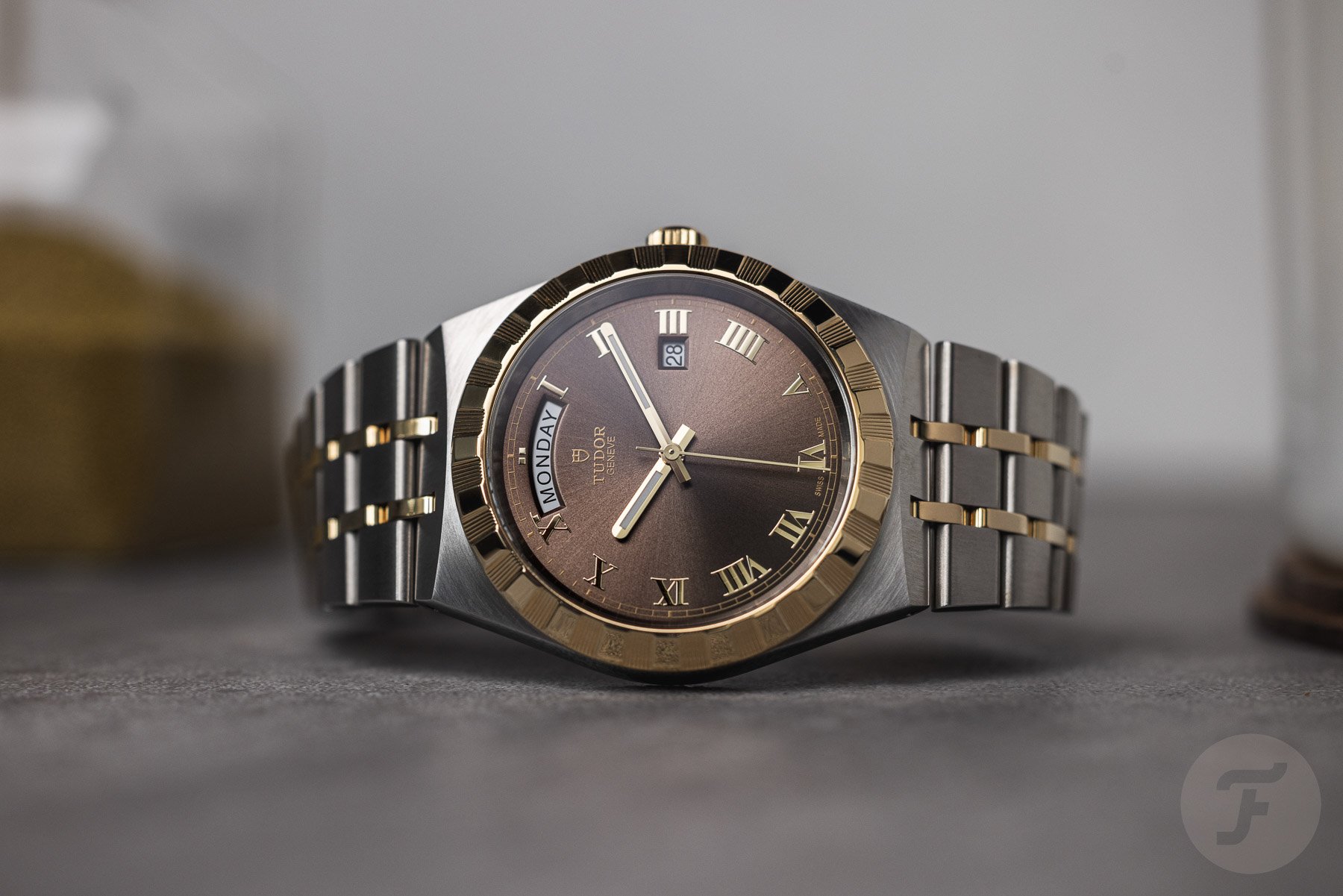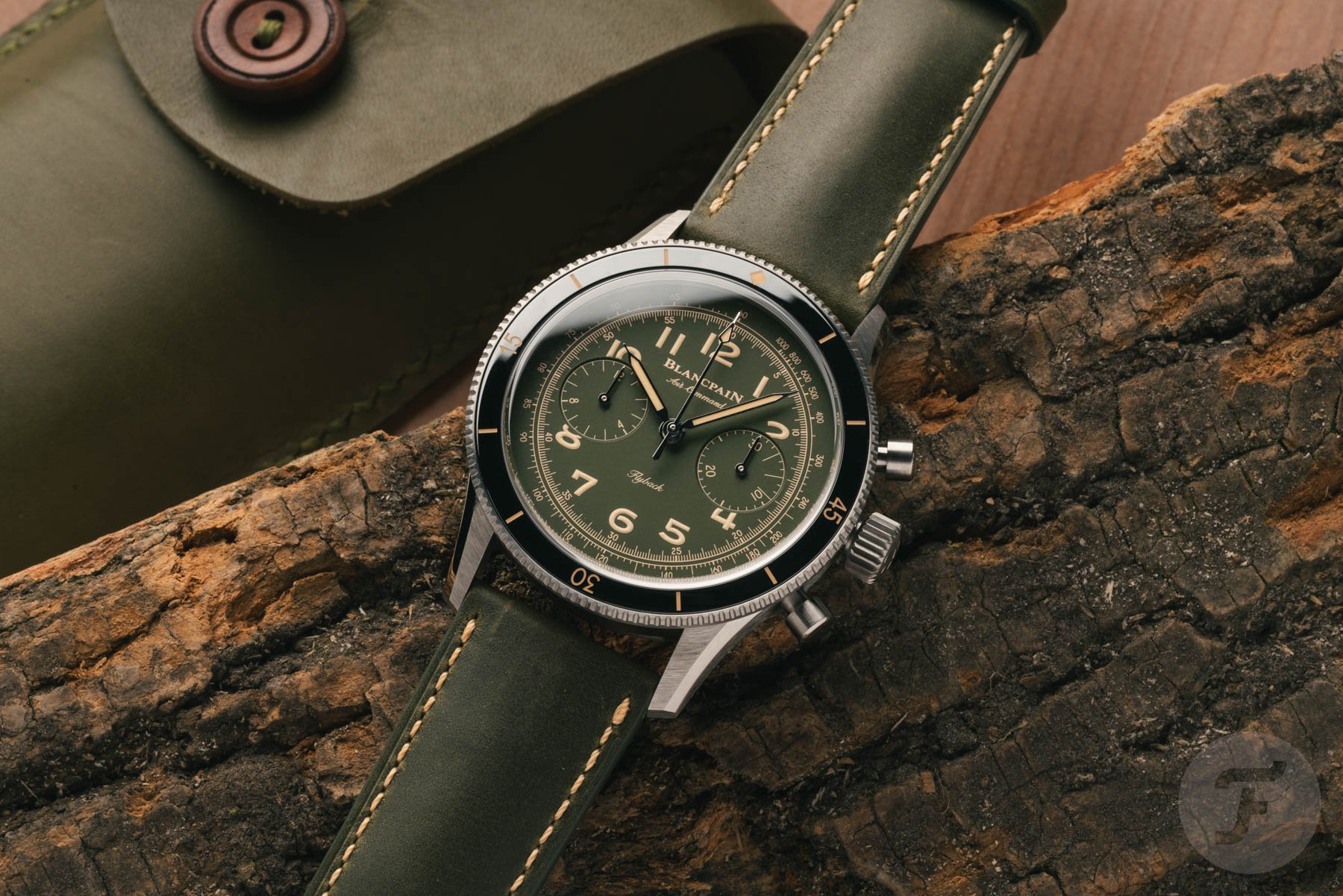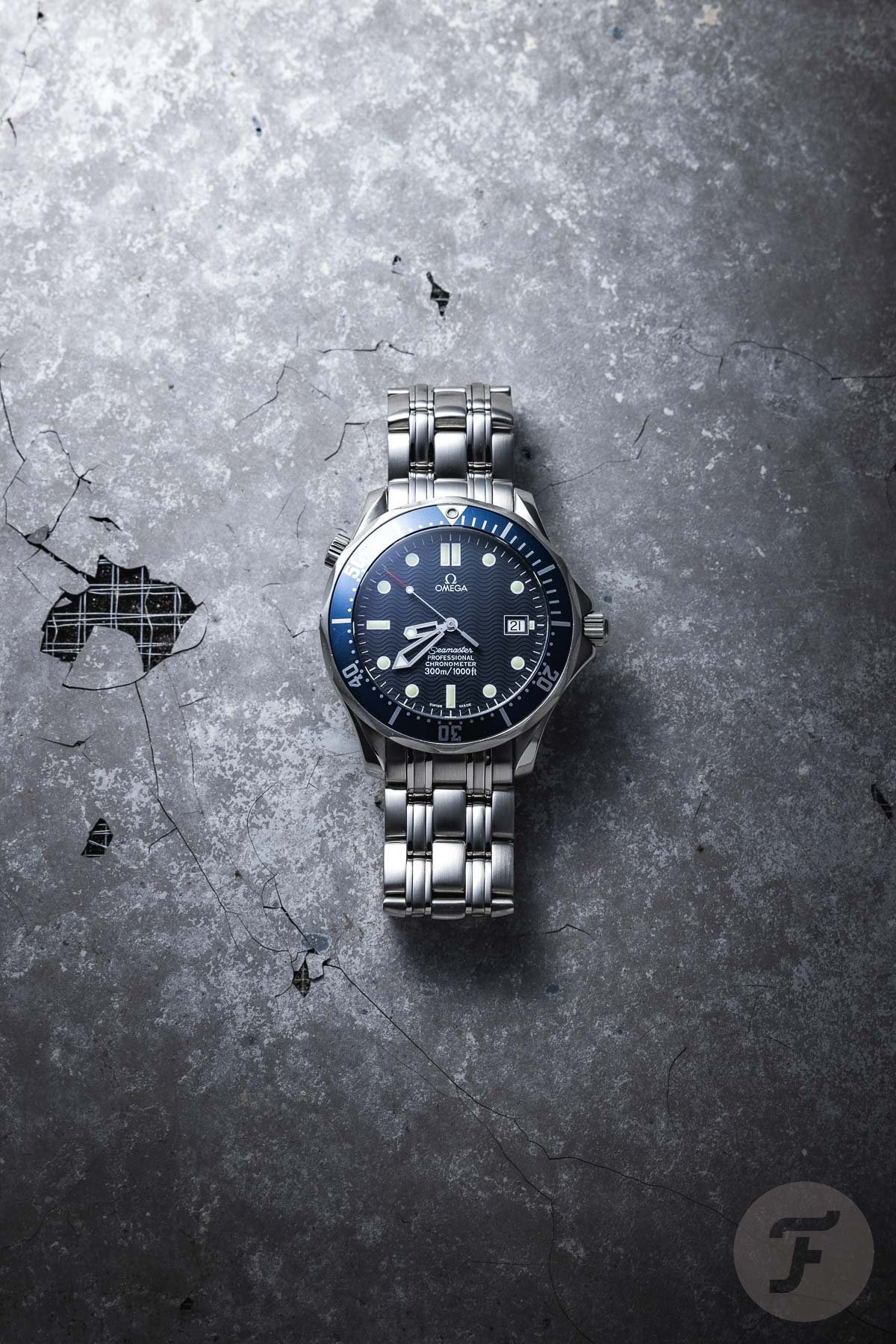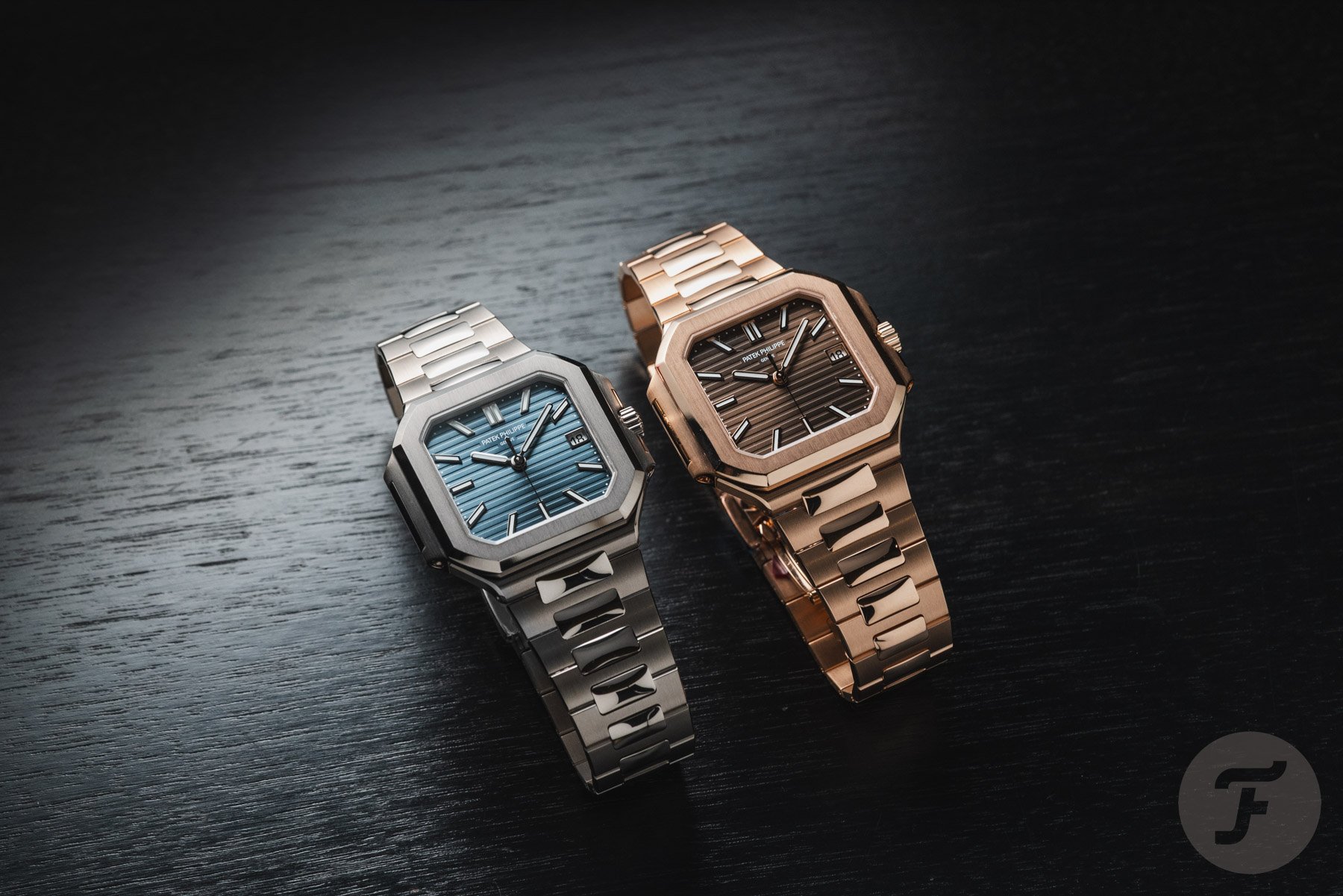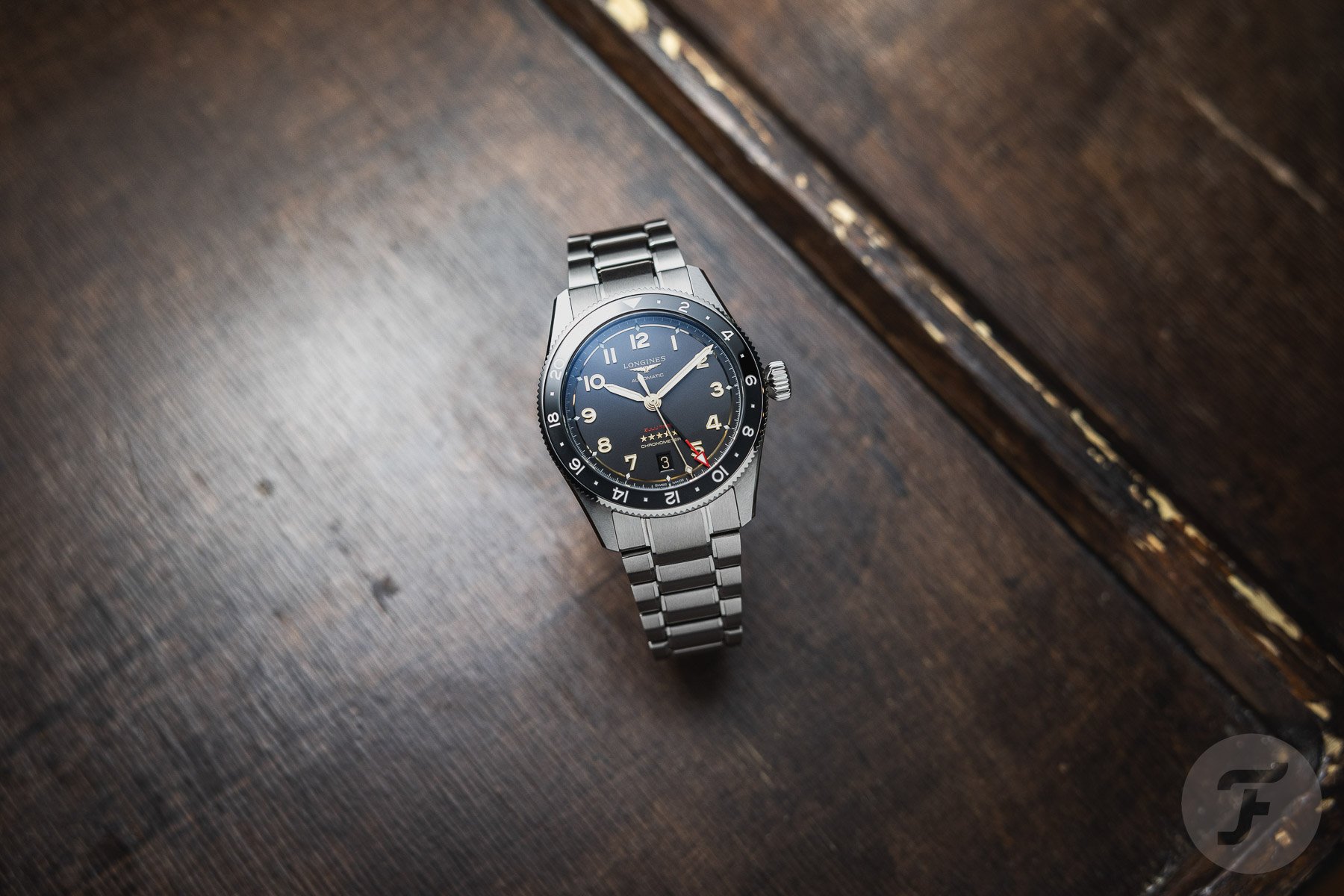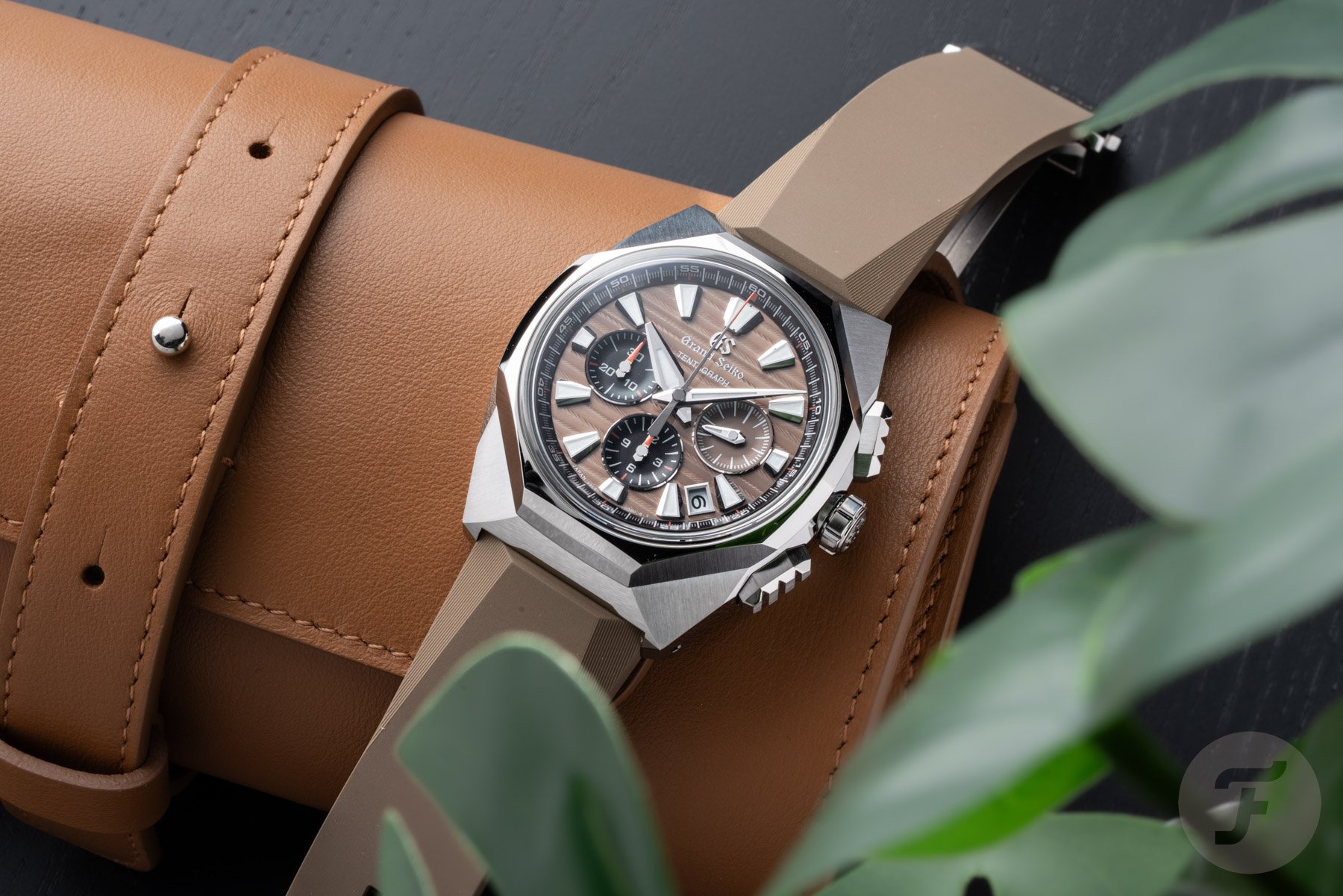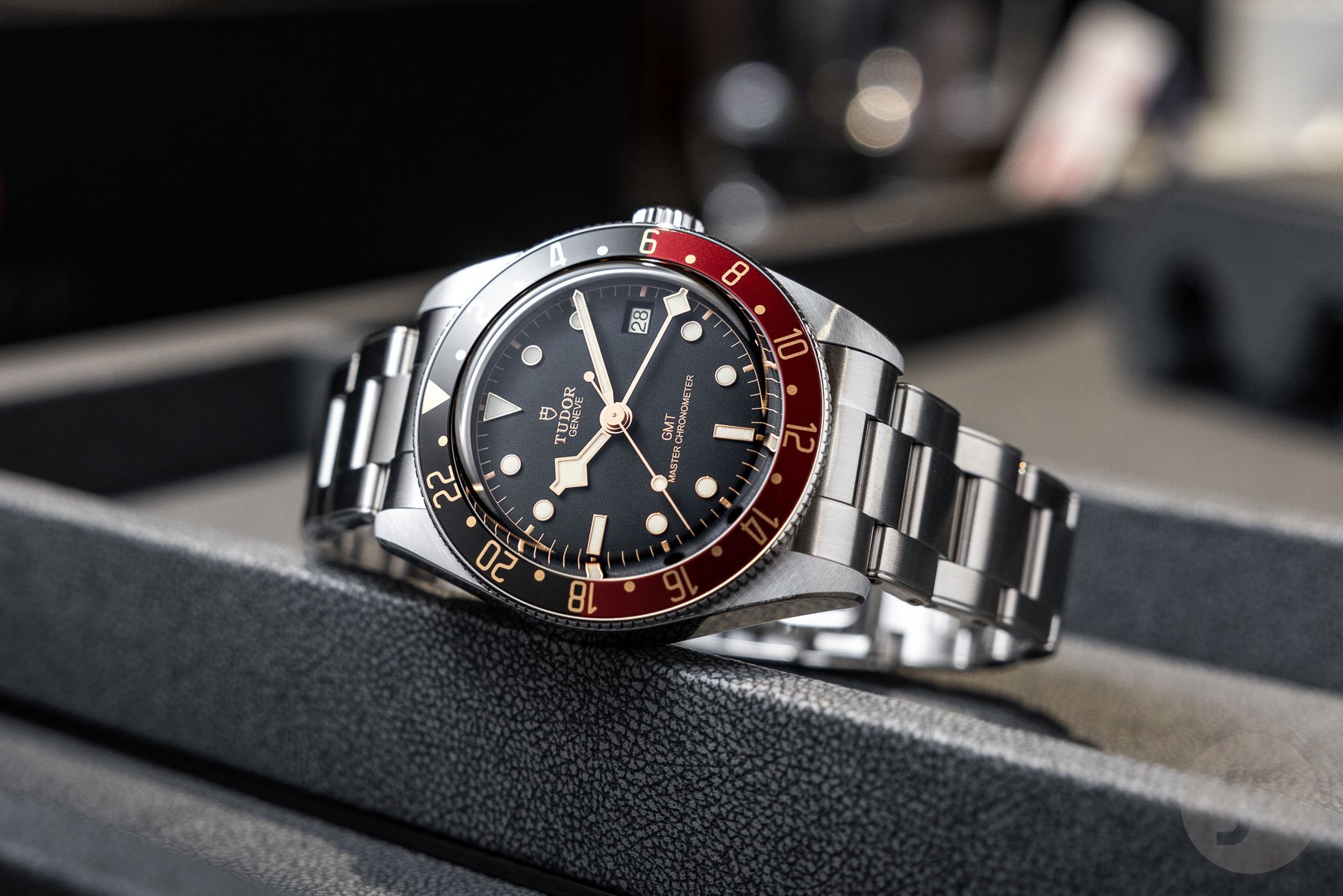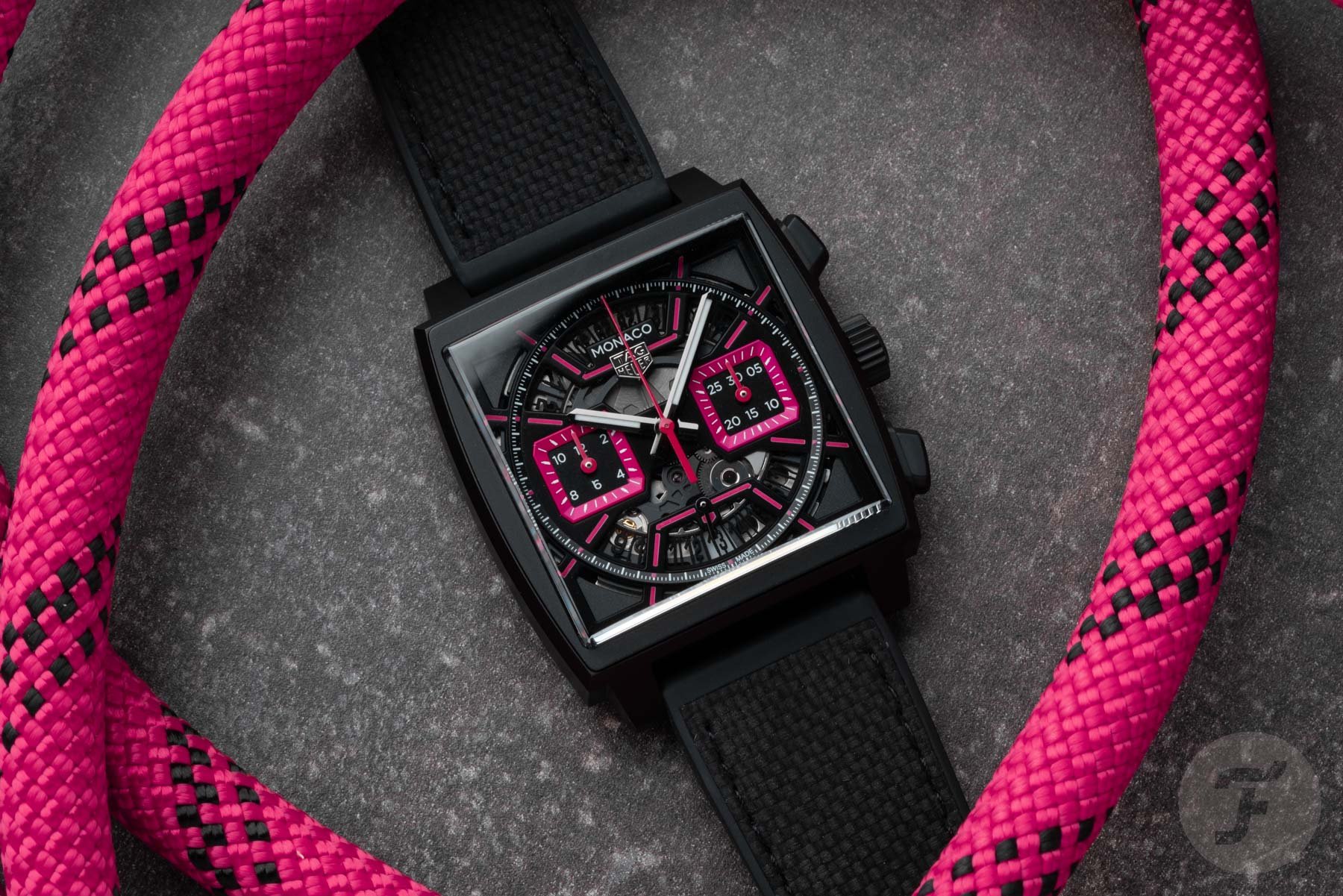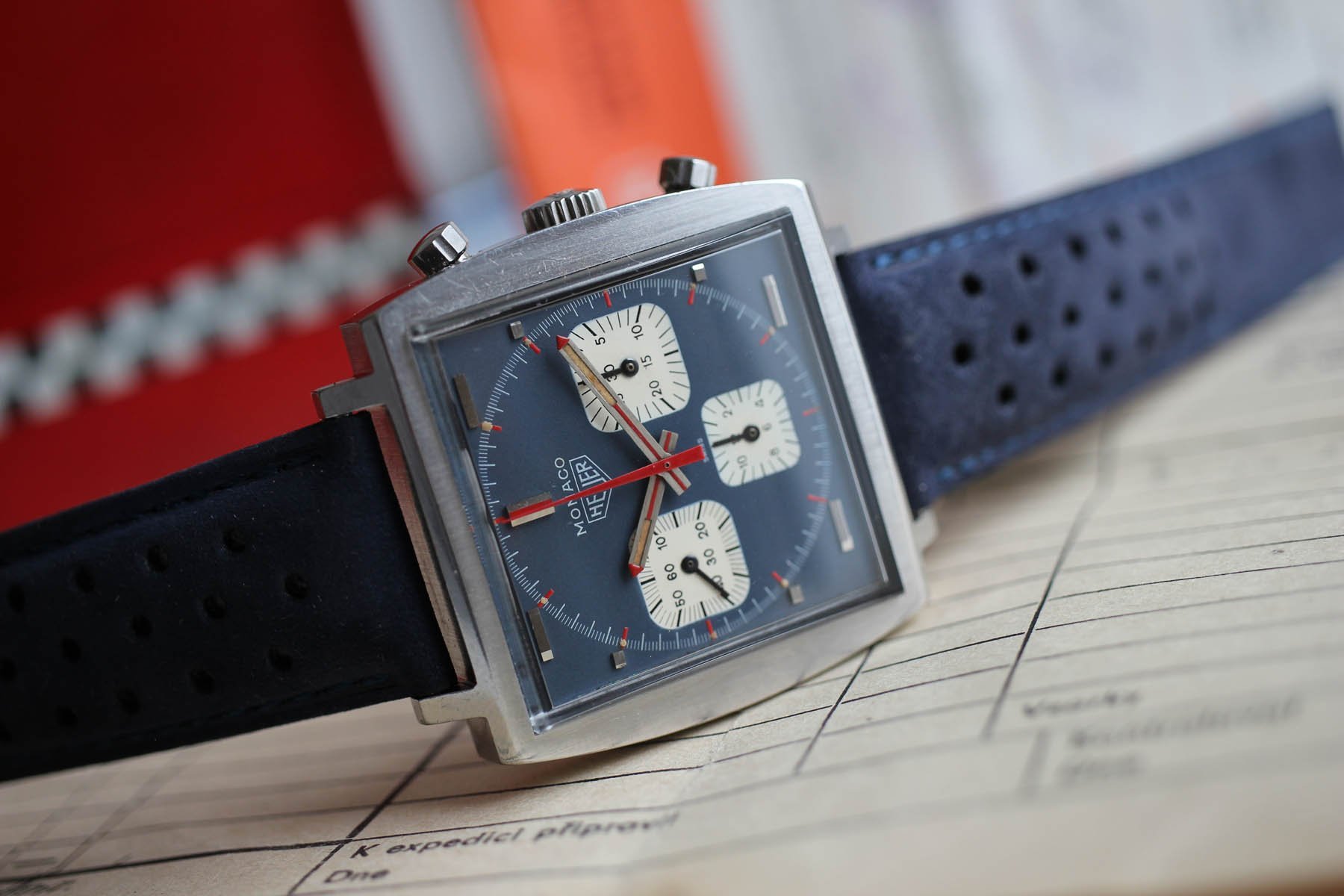Retro Watches Are Here To Stay For Generations To Come: Here’s Why
There’s a strong demand for products and experiences from the past. Nostalgia is a yearning for the good ol’ days. The word “nostalgia” is derived from the Greek words nostos (return) and algos (pain). That “pain” is felt today by practically all, from the baby boomers, born between 1946 and 1964, to Generation Alpha, those born after 2013. Alphas are the children of millennials, individuals born between the early 1980s and the mid-1990s, and the younger siblings of Generation Z, those born between 1997 and 2012. Millennials and Generation Z are often considered the most nostalgic generations, partly due to the digital tools they use to reminisce and share their memories. Nostalgia for vintage clothes, music, furniture, and watches might live on for ages since Gen Alphas are influenced by their melancholic family members. But there’s another possible scenario.
What does a Generation X watch lover have in common with a Generation Z individual? Quite likely, it’s a fascination with 1990s watches. According to market research firm The Harris Poll, Gen Z is fascinated with decades past, especially the ’90s. My fascination comes from that era, being the period in which my interest in watches blossomed. When I wrote the article “I Want To Go Back To The ’90s For Great Watches,” I dwelled in melancholy, and it felt good. It made me remember all the great watches that helped me discover a completely new and endlessly fascinating universe. Why is Gen Z nostalgic for a time before its time, a phenomenon sometimes called “faustalgia”?
Retro watches are here to stay for generations to come
Escapism is the answer. Nostalgia for the 1990s stems from a desire for a simpler, pre-Internet era, a longing for authenticity and tangibility, and a rebellion against the perceived pressures of the fast-paced digital age. Gen Z views the 1990s as an era of carefree fun and a time of genuine and bold expression in all fields, such as fashion, movies, television shows, design, culture, and, I might add, watches. What happened in the 1990s can be used now as a rebellion against the perceived conformity of the digital age. Going back 30 years helps Gen Z find inspiration to create an original persona free of FOMO. Economic hardship and the search for comfort can also be a motivation. Financial hardship, adjusting to adulthood, and global turmoil lead to uncertainties. And that leads to nostalgia, a way to seek comfort and escape from harsh realities.
Another reason Gen Z feels faustalgia for the ’90s is that products from then have a modern look and feel. Although a 30-year-old watch is considered vintage, an IWC Doppelchronograph ref. 3711 or an Omega Seamaster Professional 300M ref. 2531.80 doesn’t look fragile or completely different from watches in the current collection. You can’t say that for many watches from the ’50s and ’60s.
What about the 1980s?
Elder Gen X members also have a soft spot for 1980s watches, as I witnessed in the Fratello office. However, 1980s timepieces are a bit more camp, fragile, and not as confident as the bigger and bolder watches from the 1990s. This makes sense because times were tough right after the Quartz Crisis, and mechanical watchmaking was trying hard to create a new identity.
Still, growing up in the 1980s was relatively carefree. Late-20th-century capitalism was at its peak; people could easily find affordable housing, the feeling of belonging to a community was still strong, and they benefited from steady technological progress. The world shifted toward peace with the end of the Cold War. If you experienced this very lively era, looking at a watch from back then or a new watch with 1980s vibes, like the 34mm Tudor Royal in steel and gold with a brown dial or the Tissot PRX Powermatic 80 35mm in gold PVD, could have you feeling all positive all over again.
#tbt
As mentioned, the digital tools that millennials (also called Generation Y) and Generation Z use to unlock, rediscover, and share their memories are an important factor in why they are often considered the most nostalgic generations. They grew up with technology and use social media to express their feelings of melancholy with hashtags like #tbt (Throwback Thursday). Gen X lived in times of positivism, but millennials and Gen Zers are the first cohorts in modern history to inherit a world that feels tangibly worse than the one their parents and grandparents knew. Optimism suffered a severe blow in the early 21st century. The September 11th attacks shattered the idea of security, and the 2008 financial crisis made many lose faith in economic stability. Also, the rise of social media created new forms of addiction and isolation, while political polarization intensified divisions beginning in the mid-2010s.
There are plenty of reasons for millennials and zoomers to often feel nostalgic. That’s not because they romanticize a distant past or dwell in faustalgia. No, it’s because the 1980s and ’90s represent a time when life felt more hopeful and connected. Nostalgia is a response to the lived experience of decline and uncertainty; it’s a longing for the stability and optimism that once seemed inevitable.
Nostalgia in the future
According to The Harris Poll, 67% of Gen Zers want to return to an era before everything was “plugged” in. While binge-watching Friends on a streaming platform, they text like-minded Gen Zers on their flip phones. They do go online, although internet fatigue is not a laughing matter, as it can result in adverse effects on mental health. But they search for built-to-last items, like cameras, record players, tape decks, and watches. Buying vintage watches requires a certain level of knowledge and, at first, a fair bit of courage; in other words, it’s not for everyone. Luckily, almost every luxury watch brand acts on this by producing watches with a look of the past built to modern standards. You name an era, the 2025 catalog of any self-respecting brand will show a watch linked to it.
There’s no indication the 2026 catalog will be radically different, as in less retro and more avant-garde. Over time, people tend to become more risk-averse and think more traditionally. It now seems that Gen Z is becoming conservative before its time.
Generations unite!
In a nutshell, Gen Yers embrace hard work, career advancement, and financial success. Generation Z continues to push for flexibility, self-employment, and sustainability — ambitions that also speak to Millennials who stay in touch with the times. With people born in the ’50s and ’60s slowly but surely retiring, it’s up to Millennials and Gen Zers to set the pace for at least two decades. The shared love for nostalgia might make them an ideal pair to create a better future, ultimately ending the retro trend. To do so, they first need to combine the work ethic of Generation Y with Generation Z’s efficiency, creativity, and skills to maximize productivity from the laptop in the home office. Mix in both generations’ care for sustainability, and something wonderful and positive might happen in societies worldwide.
It’s a tall order, though. In 20 years, continued technological advancements, particularly in artificial intelligence and robotics, will likely shape the world. Furthermore, the ongoing effects of climate change will also be a continuous worry. That is, unless the Gen Y and Z alliance finds a way to turn the ship around. A factor to reckon with is how the different ongoing wars will develop. And there’s more to reckon with. The US and China will probably still be the major global players, but will that power be in balance 20 years from now? Political polarization and division fueled by social media platforms could continue to be challenging. It would be an ideal climate for nostalgia to thrive and, thus, for all that comes with it, including retro-styled watches.
Generation Alpha, what’s it gonna be?
What should we expect from the members of Generation Alpha? If their parents and siblings succeed in creating a stable and sustainable world in which positivity rules, they will not crave to go back to when times were better because, instead of escaping from the times they are living in, they’ll want to fully experience them. The optimistic mindset will also prepare them to look forward, experiment, and be fearless. The future is no longer a bleak promise. Instead, it’s an opportunity to shape the world and everything in it in any way you want. It will be an age of inventions without the adverse side effects of addiction, and with watch brands trying new things.
Brands will still safeguard the century-long watchmaking traditions, but instead of launching one retro-styled homage after another, they will present us with new designs that push the envelope. Luckily, the open-minded and optimistic clientele wants nothing less. A black and pink TAG Heuer Monaco would do for starters.
Another Generation Alpha scenario
But what if the Gen Y and Z alliance doesn’t succeed in creating a better place to live? In that case, Generation Alpha might turn out to be the biggest bunch of nostalgics the world has ever seen. Having grown up with smartphones, artificial intelligence, and social media from a young age, Generation Alpha’s immersion in technology runs deep.
The watch industry wants a piece of that. Reaching the digital-native Gen Alpha online, continuing to interact offline with an authentic voice and no fake storytelling, and offering qualitative, sustainable, and engaging products are ways to get it. Since we also know that Generation Alpha has solid shopping preferences and its members’ spending decisions are influenced mainly by their retro-watch-loving parents, the future of watchmaking is retro. Faustalgia keeps “fauxtina” alive.

